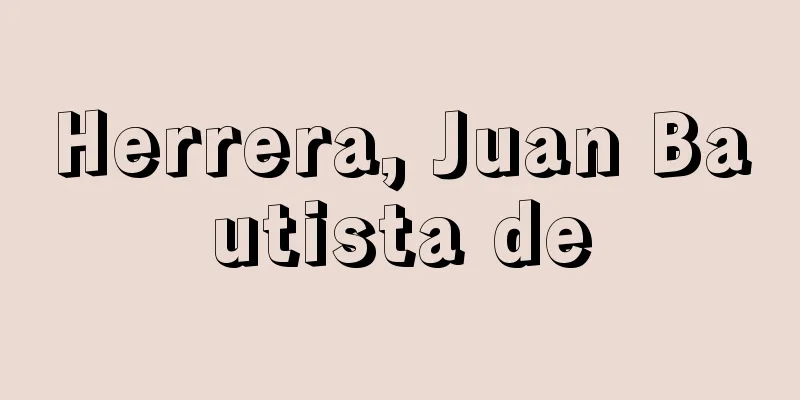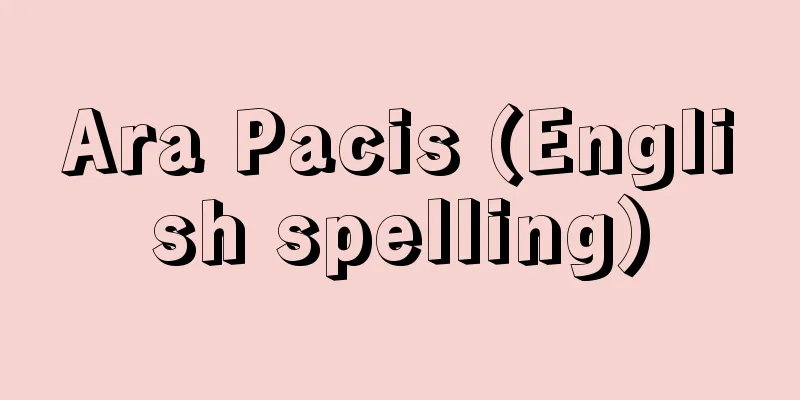Forensic medicine
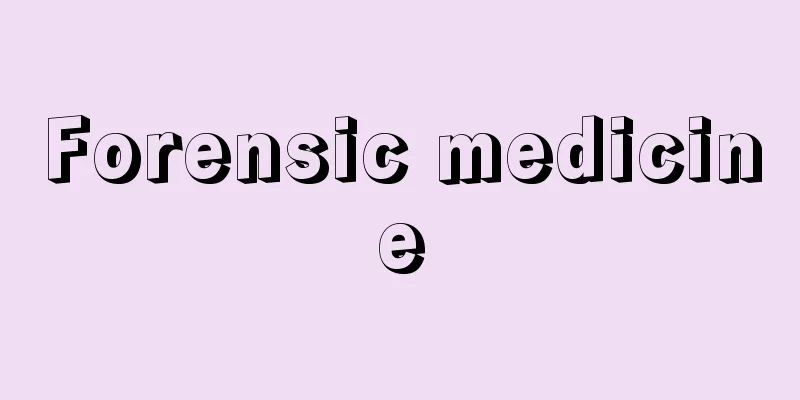
|
Medicine is broadly divided into two categories: basic medicine and applied medicine, with applied medicine further divided into three categories: clinical medicine, hygiene, and forensic medicine. Forensic medicine, which is included in applied medicine, is a social medicine that broadly studies or applies medical matters related to law. Forensic medicine is further divided into basic forensic medicine and applied forensic medicine. Basic forensic medicine studies the principles and fundamentals of forensic medicine. Its research topics are therefore extremely broad, including blood typing, serology, toxicology, forensic anatomy, forensic pathology, forensic histology, criminology, psychology, clinical forensic medicine, and some content related to natural sciences other than medicine. Applied forensic medicine applies medicine to practical legal issues or criminal investigations, and can be considered the practical activities of forensic medicine. Judicial applications include the examination of living bodies, examination of corpses, examination of objects and traces, and on-site examinations. [Tadataka Funao] Judicial Applications(1) Examination of living organisms This includes examinations to determine gender, age estimation, growth and nutritional state, presence of disease or injury, mental state, malingering, concealment of illness, ability to work, reproductive capacity, blood type, fingerprints, palm prints, foot prints, parent-child relationship, adultery, pregnancy, childbirth, abortion, etc. (2) Examination of a corpse There is autopsy and dissection. An autopsy is performed when the cause of death is unknown and is clearly or suspiciously related to a crime, or when it is unclear whether the death was due to illness, external causes other than natural death (old age), or both, i.e., when the death is unnatural. If the death is unnatural, it is determined whether it was suicide, homicide, a disaster, or negligence, and the cause, time, and circumstances of death are medically determined (post-mortem examination). If these things cannot be clarified through an autopsy, the body is dissected. (3) Object and trace examination This refers to the examination of bloodstains, semen, hair, meconium, vernix caseosa, amniotic fluid, colostrum, vomitus, bones, teeth, fingerprints, palm prints, footpad prints, footprints, etc., with bloodstain examination being the most common. (4) On-site inspection: Inspecting the place where a crime was committed or where a body was found. This is also called on-site verification. It is usually carried out by a judicial officer or police officer, but in cases where medical knowledge is required, a forensic pathologist or doctor may be present. Administrative applications include autopsies of travellers who died or personal identification of unidentified persons, administrative autopsies under the medical examiner system in cases of traffic accidents, suicide, infectious diseases and poisoning, etc. [Tadataka Funao] History of Forensic MedicineIf we define forensic medicine in the broad sense as the application of medical knowledge to law, then the history of forensic medicine in the West is extremely old, dating back to ancient Greece. The history of forensic medicine in China is also quite old, with words related to forensic medicine appearing in the Book of Documents. Song Ci (1186-1249) of the Southern Song Dynasty published the Record of Caiyen Lu in 1247, which is probably the oldest book on forensic medicine in the world. Following the Record of Caiyen Lu, Zhao Yiqi wrote the Record of Pingyen Lu. During the Yuan Dynasty, Wang Yo (1260/1261-1346) compiled the Mugenikoku in 1308, using the Senennikoku and Heiennikoku as references. The Mugenikoku was brought to Japan via the Korean peninsula at the end of the Muromachi period, and was eventually published in two volumes as the Mugenikokushu (1736) by Kawai Jinbei Naohisa during the reign of the eighth Tokugawa Shogun, Yoshimune. This book was highly valued as a treasure trove of trials and criminal investigations during the Tokugawa period, and, regardless of the authenticity of its contents, contains interesting information, such as how to determine whether someone died of a coma or an imitation of it. Incidentally, the legend of forensic medicine in Japan can be traced back to the Nihon Shoki. It is said here that "When Amaterasu Omikami heard that Tsukuyomi-no-Mikoto had shot and killed Ukemochi-no-Kami, she sent Amenokumahito to examine the body," which could be said to be the beginning of autopsies. Western forensic medicine was introduced to Japan at the end of the Edo period, when Dutch military surgeon Pompe is said to have given the first lecture on forensic medicine at the Nagasaki Training School in July 1862 (Bunkyu 2). Then, in 1875 (Meiji 8), Wilhelm Dönitz (1838-1912) gave a lecture at the Forensic Medicine School attached to the Metropolitan Police Department Fifth Hospital in Saruyacho, Asakusa, which had opened the previous year. He had come to Japan in 1873 and taught anatomy at Tokyo Medical School (the precursor to the Faculty of Medicine at the University of Tokyo). Furthermore, Ernst Tiegel (1849-1889), who came to Japan as a physiology teacher in 1876, lectured on forensic medicine to court officials and Metropolitan Police Department physicians, with Kuniyoshi Katayama (1855-1931), who was then a student, as an interpreter. In 1878, Albrecht von Roretz (1846-1884) began teaching forensic medicine at Nagoya Medical School, where Goto Shinpei was the principal at the time, and in 1880, Dönitz began teaching forensic medicine at Saga Hospital. In 1889, Japan's first forensic medicine course was established under the name "forensic medicine" at the Imperial University Medical School, taught by Katayama Kuniyoshi, and on April 4th of that year, a forensic autopsy was performed on the body of a male infant whose cause of death was unknown. This was the first forensic autopsy in Japan. In 1891, the name of forensic medicine was changed to legal medicine, and from then on, the forensic medicine department came to be called the forensic medicine department. [Tadataka Funao] AppraisalExpert witnesses are an important part of the actual activities of forensic medicine. During the trial process of a legal case, as a type of evidence examination by the court, the opinion of a third party with special academic experience is sought to supplement the judge's ability to make informed judgments, and the third party who gives the opinion is called an expert witness. Expert witnesses may be ordered by the court, or may be requested by judges, prosecutors' assistants, or judicial police officers for investigations, and a judicial autopsy is a typical example of this. The results of an expert witness are often reported in a document called an expert witness report, and are rarely stated verbally. Furthermore, during or before a lawsuit, lawyers often request opinions on certain medical matters, and when reporting, these should be treated essentially the same as expert witness reports. [Tadataka Funao] "Introduction to Legal Medicine" by Tadataka Funao (1978, Asakura Publishing)" ▽ "Standard Legal Medicine and Medical Law" edited by Shigetaro Kamiyama and Koichi Tomita (1980, Igaku Shoin)" ▽ "Legal Medicine Notes" by Hiroo Ishiyama (1978, Science Publishing) ▽ "Introduction to Legal Medicine" by Shinnosuke Yasoshima (1966, Chuokoron-Shinsha)" [Reference item] |Source: Shogakukan Encyclopedia Nipponica About Encyclopedia Nipponica Information | Legend |
|
医学は基礎医学と応用医学の二つに大別され、応用医学はさらに3種類(臨床医学、衛生学、法医学)に分類される。応用医学に含まれる法医学とは、法に関する医学的事項を広く研究または応用する社会医学である。 法医学は、さらに基礎法医学と応用法医学とに分けられている。基礎法医学は、法医学の原理、基礎となる事項について研究するものである。したがって、その研究項目はきわめて広い範囲にわたり、血液型学、血清学、中毒学、法医解剖学、法医病理学、法医組織学、犯罪学、心理学、臨床法医学などのほか、医学以外の自然科学に関係する内容も一部含まれる。応用法医学は、法律上の実際問題、または犯罪捜査に医学を応用するもので、いわゆる法医学の実際活動といえる。司法上の応用としては、生体の検査、死体の検査、物体および痕跡(こんせき)検査、現場検査などがある。 [船尾忠孝] 司法上の応用(1)生体の検査 性別、年齢の推定、発育および栄養状態、疾病、損傷の有無、精神状態、詐病(さびょう)(仮病)、匿病(病気を隠す)、作業能力、生殖能力、血液型、指紋、掌紋、足蹠(そくせき)紋、親子関係の有無、姦淫(かんいん)、妊娠、分娩(ぶんべん)、堕胎などの検査をいう。 (2)死体の検査 検屍(けんし)と解剖とがある。死因が不明で、その死因が明らかに犯罪と関係のあるもの、あるいは犯罪と関係があるかどうか疑わしい死体、さらには病死、自然死(老衰)以外の外因死、または両者のいずれであるか不明な場合、すなわち変死体である場合は、それを検屍する。変死であれば、自殺であるか他殺であるか、災害死、過失死であるかを鑑別し、さらに死因、死亡時刻、死亡状況その他を医学的に判断する(検案)。検屍によってこれらのことを明らかにすることができない場合には、死体を解剖する。 (3)物体および痕跡検査 血痕、精液、毛髪、胎便、胎脂、羊水、初乳、吐瀉(としゃ)物、骨、歯、指紋、掌紋、足蹠紋、足痕などの検査をいい、もっとも多いのが血痕検査である。 (4)現場検査 犯罪の行われた場所、または死体の発見された場所を検査することで、現場検証ともいわれている。通常、司法官、警察官が行うが、医学上の知識を必要とする場合には、法医学者または医師が立ち会うことがある。行政上の応用として、行旅死亡者の検屍または身元不明者の個人識別、交通事故、自殺、伝染病および中毒などの場合における監察医制度による行政検屍、行政解剖などがある。 [船尾忠孝] 法医学の歴史法律に医学的知識が参酌されたのを広い意味の法医学とすると、西洋の法医学の歴史はきわめて古く、古代ギリシアにまでさかのぼる。また、中国の法医学の歴史もかなり古く、『書経』には法医学に関連する字句がみえる。南宋(なんそう)の宋慈(そうじ)(1186―1249)が『洗冤録(せんえんろく)』を出版したのは1247年であり、これはおそらく世界最古の法医学書であろう。『洗冤録』に次いで、趙逸斉(ちょういっさい)によって『平冤録(へいえんろく)』が著されている。元(げん)になると、王與(おうよ)(1260/1261―1346)が『洗冤録』と『平冤録』を参考にして、1308年『無冤録』を編纂(へんさん)する。この『無冤録』は朝鮮半島を経て、室町時代の終わりに日本に伝来し、やがて、徳川8代将軍吉宗(とくがわよしむね)のときに河合甚兵衛尚久(かわいじんべえなおひさ)によって『無冤録述』2巻が出版されている(1736)。この書は、徳川時代において裁判および犯罪捜査の宝典として重んぜられたものであり、その内容の真偽はともかく、腹上死であるか、あるいはそれをまねたものであるかの判別など、興味深いことが記載されている。ところで、日本における法医学的な伝説は『日本書紀』にまでさかのぼることができる。ここでは、「天照大神(あまてらすおおみかみ)は、月夜見尊(つくよみのみこと)が保食神(うけもちのかみ)を撃ち殺したことを聞くと、天熊人(あめのくまひと)を遣わし、その死体を検(しら)べさせた」とあり、これが検屍の初めともいえよう。 日本に西洋の法医学が入ってきたのは江戸末期であり、1862年(文久2)7月、オランダの軍医ポンペが、長崎伝習所において法医学医事法制を講義したのが最初であるとされている。ついで1875年(明治8)、前年開設された浅草猿屋町の警視庁第五病院に併設された裁判医学校において、デーニッツWilhelm Dönitz(1838―1912)による講義が行われている。彼は1873年に来朝し、東京医学校(東京大学医学部の前身)で解剖学を講じていた人である。さらに1876年に生理学教師として来朝したティーゲルErnst Tiegel(1849―1889)が、当時は学生であった片山国嘉(かたやまくによし)(1855―1931)を通訳として、裁判関係の所員および警視庁医員に訴訟医学を講じている。1878年には、当時、後藤新平が校長であった名古屋医学校でローレッツAlbrecht von Roretz(1846―1884)が、1880年には佐賀病院でデーニッツがそれぞれ裁判医学を開講した。1889年になると、帝国大学医科大学に日本で最初の法医学講座が「裁判医学」の名のもとに設定され、教授は片山国嘉が担当し、この年の4月4日、死因不明の男児屍の司法解剖が行われた。これは日本における司法解剖の第一号である。1891年、裁判医学の名称は法医学と改称され、それ以後、裁判医学教室は法医学教室とよばれるようになった。 [船尾忠孝] 鑑定法医学の実際活動のなかでの重要な事項として鑑定がある。これは訴訟事件の審判手続において、裁判所の証拠調べの一種として、特別の学識経験ある第三者の意見を徴して裁判官の知識判断能力の補いとするためのもので、意見を供述する第三者を鑑定人という。また、鑑定は裁判所が命ずる以外に、裁判官、検察事務官、または司法警察員が捜査のために嘱託することがあって、司法解剖はその代表ともいえる。鑑定の結果は、鑑定書とよばれる文書で報告することが多く、口頭で述べることはきわめて少ない。また、訴訟中あるいはその前段階において、特定の医学的事項について弁護士から意見を求められることも多いが、報告に際しては、実質的に鑑定書と同様に処理すべきものである。 [船尾忠孝] 『船尾忠孝著『法医学入門』(1978・朝倉書店)』▽『上山滋太郎・富田功一編『標準法医学・医事法制』(1980・医学書院)』▽『石山昱夫著『法医学ノート』(1978・サイエンス社)』▽『八十島信之助著『法医学入門』(1966・中央公論社)』 [参照項目] |出典 小学館 日本大百科全書(ニッポニカ)日本大百科全書(ニッポニカ)について 情報 | 凡例 |
Recommend
Kachidoki Bridge
...A bridge whose girders are moved when a ship p...
Cordeliers Club (English)
A private club founded in Paris in the spring of 1...
tholichthys
...The spawning season is said to be from spring ...
《Türk yurdu》(English spelling) Turkyurdu
...Turanism, which was born among the Turkish peo...
Diarsenic pentoxide
...Diarsenic trioxide As 2 O 3 is also called ars...
Sumithion (English spelling)
Organophosphate insecticide (organophosphate prepa...
Bleaching powder (English spelling)
Also called bleaching powder or chlorine. It is a ...
Acheilognathus longipinnis (English name) Acheilognathus longipinnis
…[Morizumi Nakamura]. … *Some of the terminology ...
Former Shogunate Succession Document - Kyuubakufuhikitsugisho
…The documents of the Magistrate's Office wer...
La Comédie‐Française
France's national theater (company). Also know...
Recurvirostriidae
…A general term for birds in the family Recurviro...
India Office Library (English)
... The India Office was abolished with the indep...
Elysion (English spelling)
In Greek mythology, paradise is a place where huma...
The Great Dictionary of Government Policy (English: Kyǒngguk-daejǒn)
Code of Laws of the Yi Dynasty, Korea. 6 volumes. ...
wrapping
A processing method in which a surface that has be...

![Makkari [village] - Makkari](/upload/images/67cce6d583d09.webp)

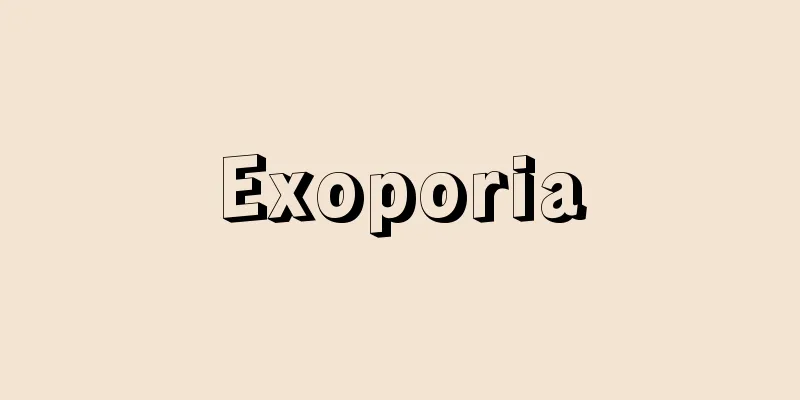
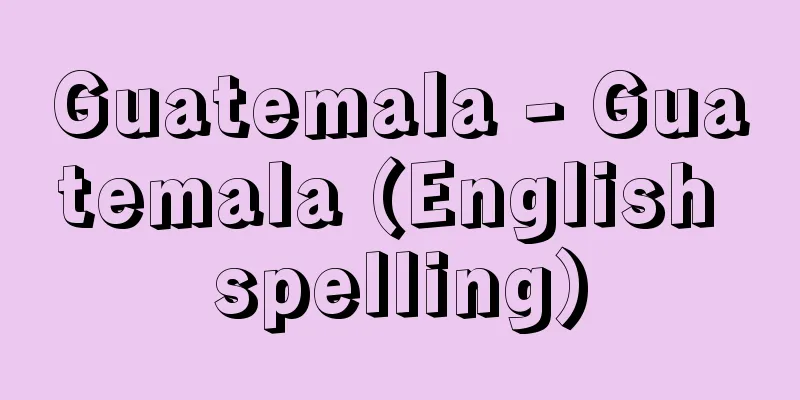
![Rokugo [town] - Rokugo](/upload/images/67cd3a3c0e62c.webp)
